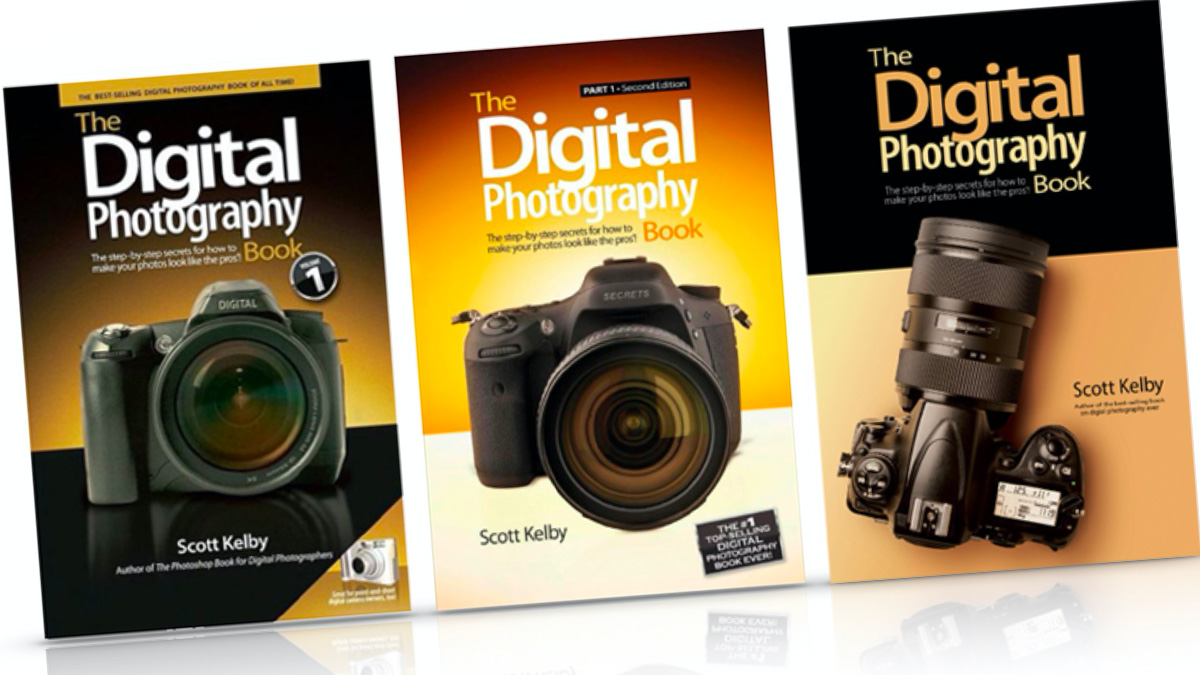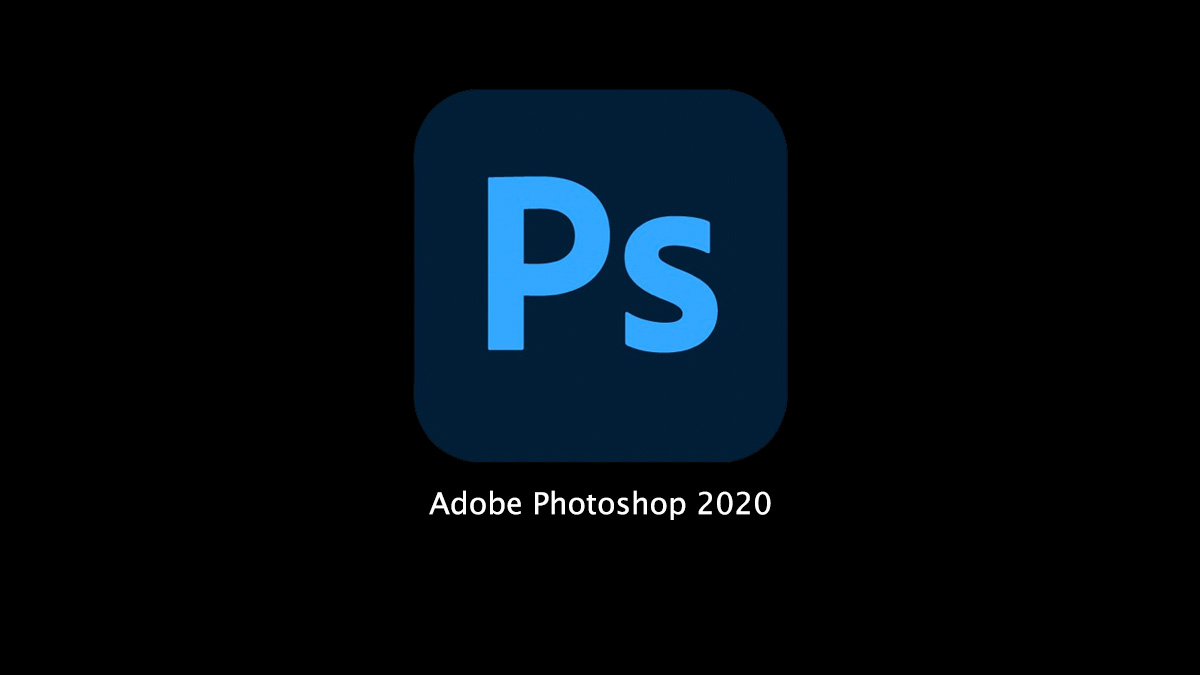…and if I ever thought twice about it or second-guessed it, tonight something happened to me that totally solidified why subscriptions plans like Adobe’s are such a good idea.
I’m going to give you the short version of this story, but it’s not real short, but stick with me; keep an open mind, and you might wind up seeing things differently (even if you’re “furrowing your brow” going into it). I put some photos in here just to keep things for being “too texty” but the one that most ties into this story is the one below (taken with my iPhone, no less).
SPOILER ALERT: I left a special bonus pic for you at the end of this post, but you’re not allowed to just scroll down there for medical reasons.
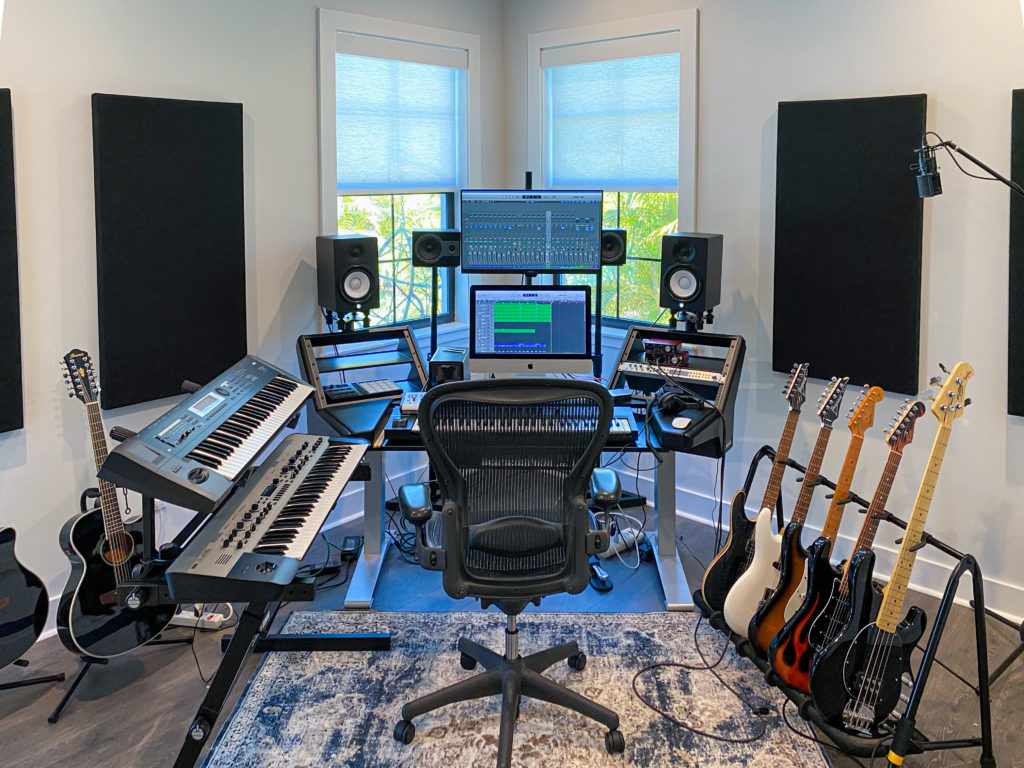
Besides being a photographer, (and fake Olympic athlete), I’m also a musician and I have a small recording studio in my home (part of which is seen above). I got into all this to record my own original songs, but I got somehow sucked into what has now become my hobby, which is to faithfully recreate my favorite songs from scratch. They wind up being mostly “big hair” rock songs from the 80s, but also some newer songs from Bruno Mars, or dance songs from Earth, Wind, and Fire. I’ve done Lady Gaga’s “Shallow” (from the movie “A Star is Born”) and the orchestral theme to Game of Thrones, playing all the instruments myself, and recording it all into Logic Pro X on my iMac.
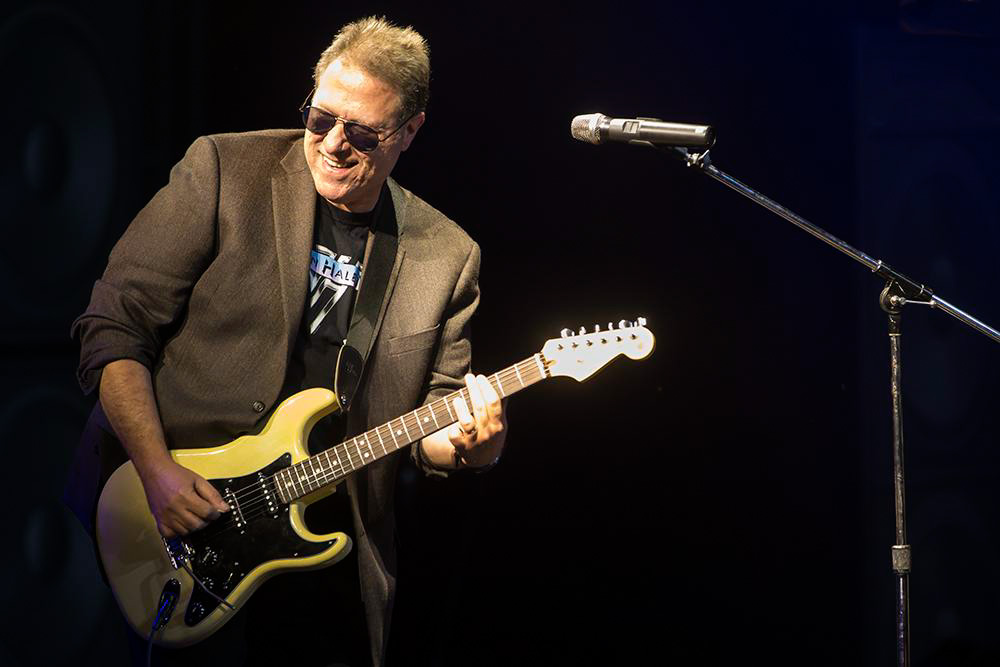
I Need “Real” Bon Jovi and “Real” Bee Gees
Anyway, the key to all this is that you can go online and find the original isolated vocals tracks for tons of songs, and these tracks are the original vocals — just the vocals — no instruments whatsoever. So, I download an isolated original vocal track, and then I learn how to play the parts for all the different instruments that make up that song (that takes a while usually), then I record me playing each one of them. I play all the lead and rhythm electric guitars, the acoustic 6 and 12-string guitar parts; the bass parts (on a real bass), drums (on my electronic drum kit), all the piano and synth parts, horn parts, strings, percussion, cowbell (it needs more), and so on.
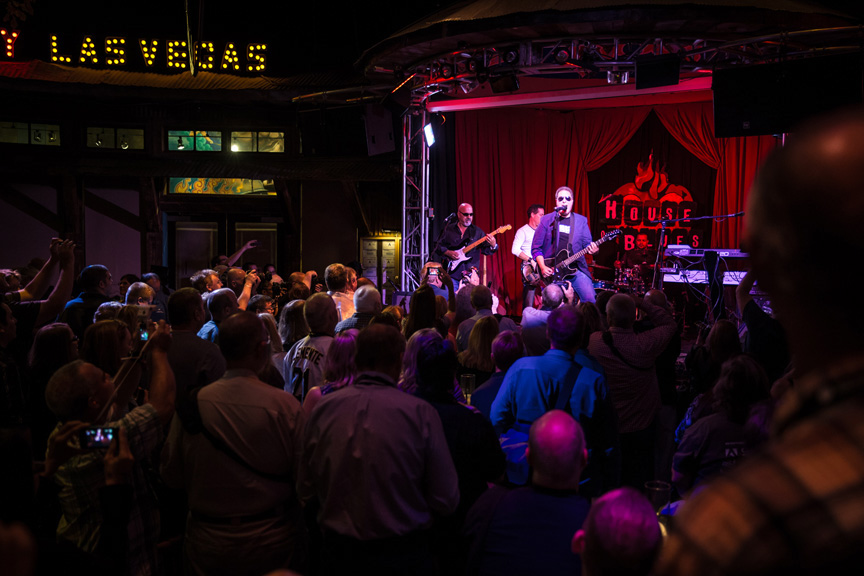
My whole goal is to make it NOT sound like a Karaoke track — I want it to sound as close to the original as possible, which I can tell you is a total pain in the butt. I want to get it to where if I played it for you in my car, you would swear it was the original. It takes me a LONG time to get a song to that level — about two weeks for one song on average. Sometimes more, like when I did Bohemian Rhapsody (that one kicked my butt). I’m really kind of anal about getting all the exact right sounds; getting every drum lick exactly like the ones on the record; using the right amps; cymbals, synths, mics, the right piano sound, and so on. I know. It’s a sickness.
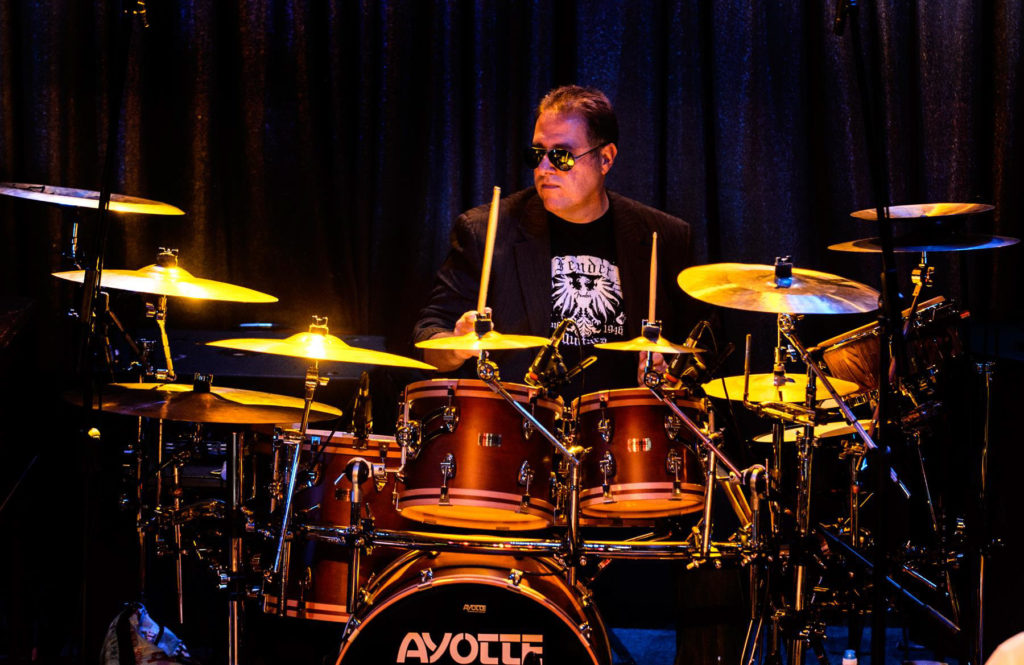
My struggle is you can’t always find the real original vocals for the song you want to do, and in few instances, I’ve gone ahead and recorded an entire song knowing I didn’t have the real original vocal track. I those cases I use an isolated vocal Karaoke track instead. Each time I use a Karaoke vocal track, instead of the original vocals, a little piece of me dies inside because no matter what I do musically and/or mixing wise, it just never sounds right without the real original vocals.
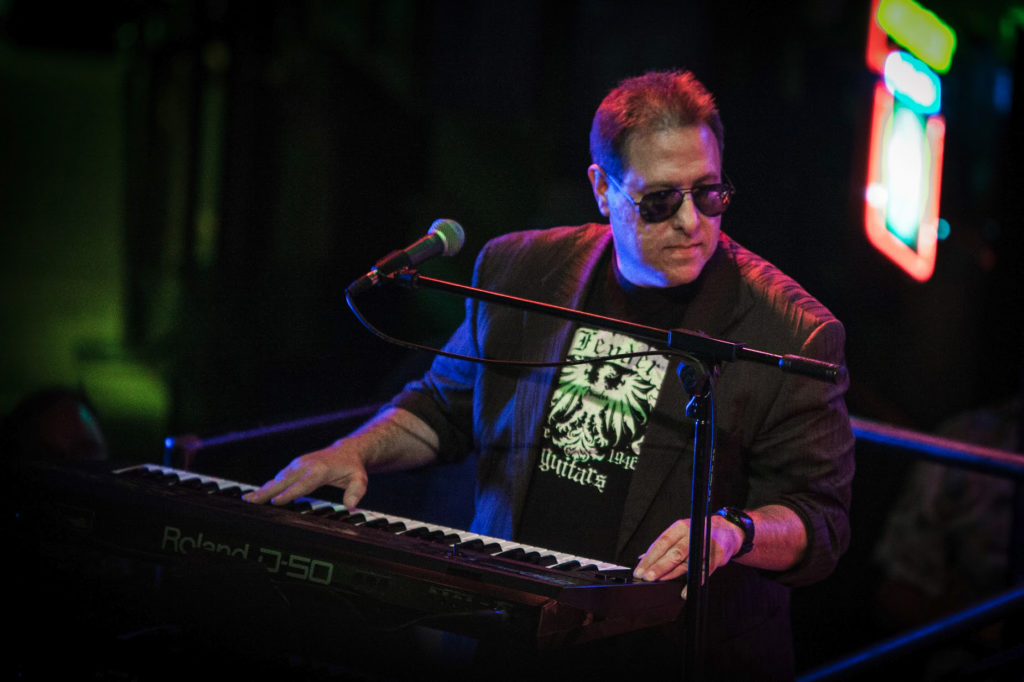
I got lucky a few times recently
Within the last months, I actually found two isolated vocal tracks to songs I recorded over a year ago using the Karaoke vocals — Saturday in the Park by Chicago, and Separate Ways by Journey (which I literally ran across this weekend). When this happens, I go back to those songs I recorded and replace the Karaoke vocals with the real ones and I just cannot tell you how happy it makes me. Seriously, just through the roof, crazy happy. It’s me at “full happy.”
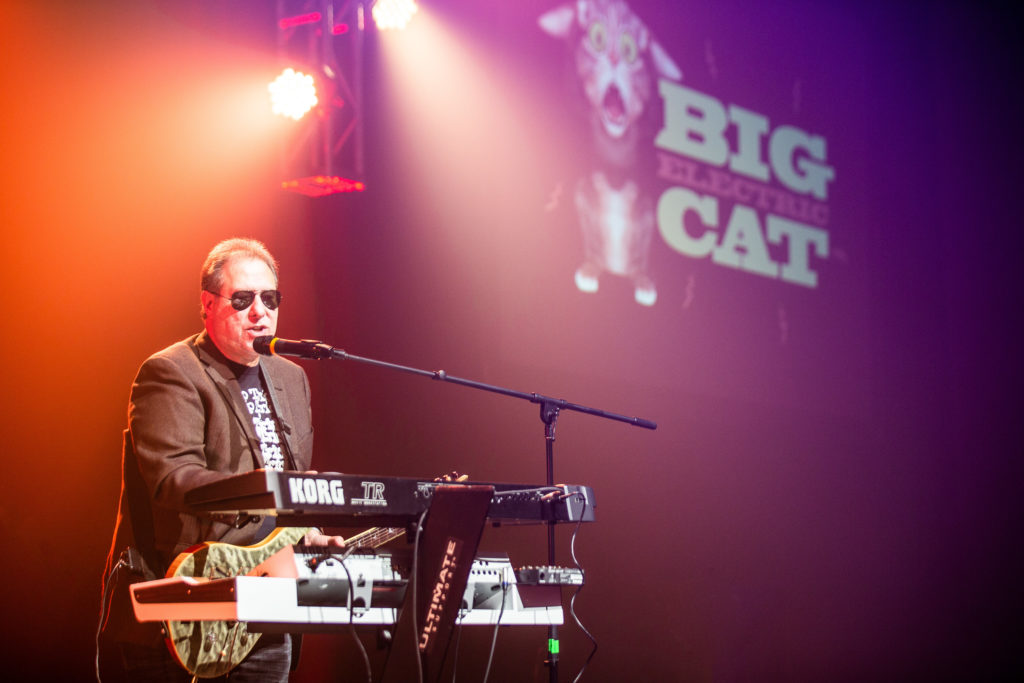
I still have three songs that are dead to me
They are fully done; I put in all the time, learned all the solos note for note, sweated every guitar sound and keyboard pad, but they have the Karaoke vocal tracks, and I cringe when I hear them, so I just don’t listen to them anymore. They are: Shakin’ (by Eddie Money); Home Sweet Home (by Motley Crue), and I Need to Know (By Mark Anthony). I search the Web for the original isolated vocals tracks for these about every week for who knows how long now. No luck, yet. The struggle is real.
So since I can’t seem to find these tracks out there, last night I start doing more online research (not my first time) about how to isolate vocals from a an existing music track. I eventually run across this kid on youtube (thanks Alex Rome) who is raving about this isolation software he found that totally blew his mind, and it’s what all the pros now use, etc., and he was just going on and on about it, so I went and downloaded a trial copy of it. It’s a fully functional trial copy, but you can’t save the file it creates, but you do get to try it all out which is cool.
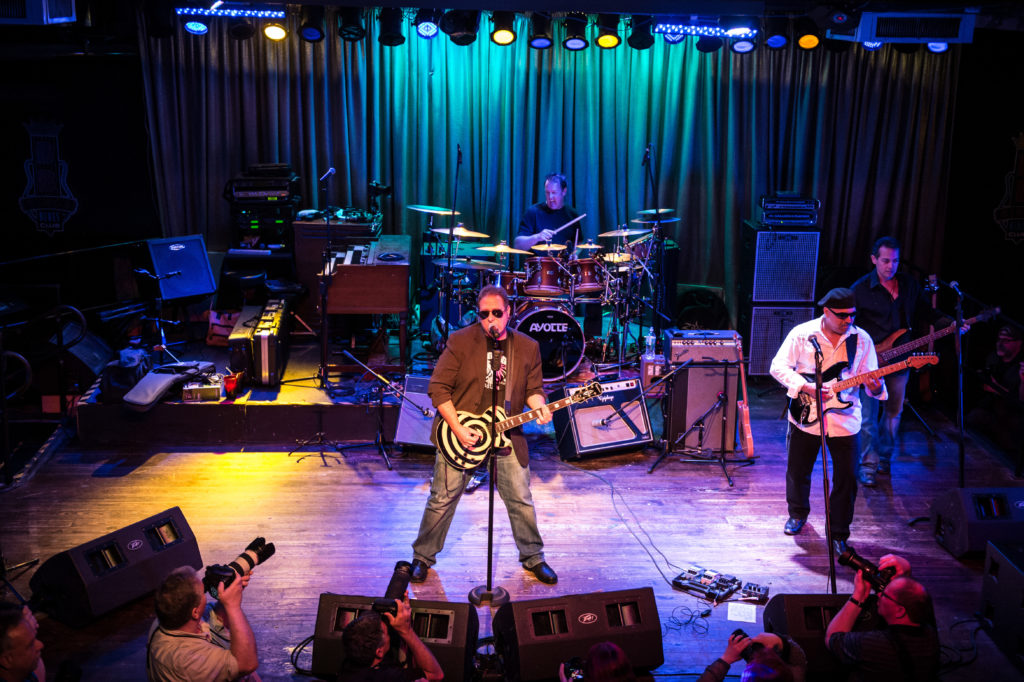
So, I gave it a try on both Shakin’ and Home Sweet Home
The software is called “iZotope RX 7.” I have to tell you — it blew my mind! It was so much better than any other software like it I had tried. It was pretty remarkable and so darn easy to use. It was almost like magic. Granted, the extractions are not absolutely perfect, but they’re close enough that I can clean a vocal track easily enough to where it would sound just about spot-on in my mix (and lightyears better than the Karaoke vocals I have in place now).
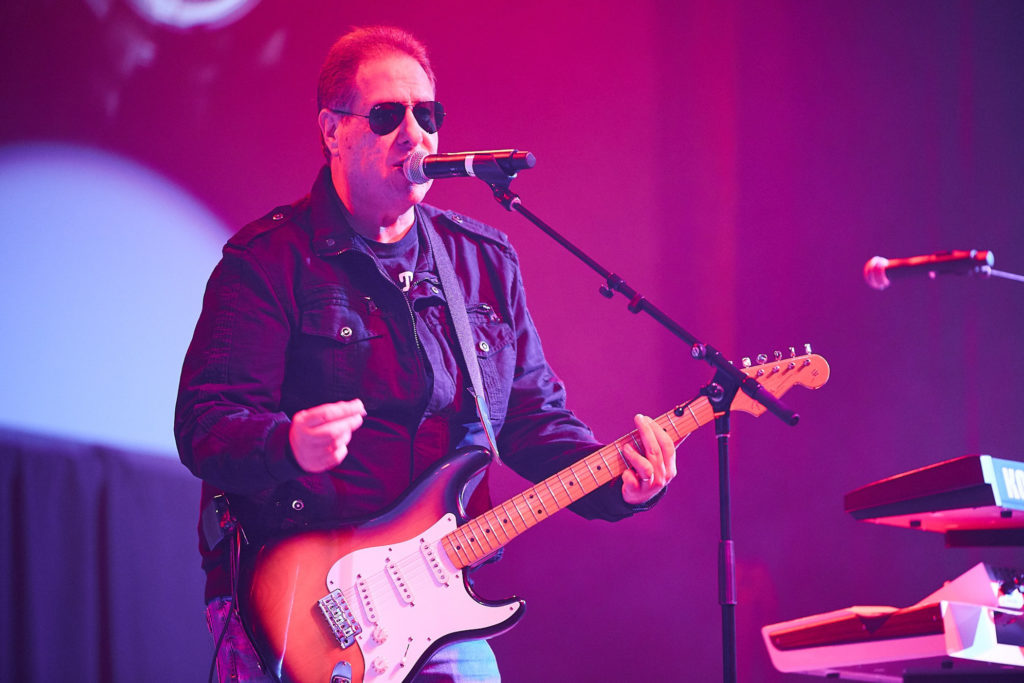
After 15 minutes into the trial, I knew I had to buy it!
So, I go to their site, and I hit the “buy” button. That’s when I saw the price. The full version is $1,200. $1,200!!!! My jaw just dropped. My heart sank, too, because I knew, great as it is, there was no way in h*** I was going to spend $1,200 for it. I get it — it’s pro-level software, and I want to just use it for my hobby, but I also know if you want to buy what the actual pro’s use, it’s gonna cost ya. The problem is — I just can’t justify spending $1,200 for what I would be doing with it (I don’t sell these songs — I don’t even post ’em anywhere. I just do it for friends and family).
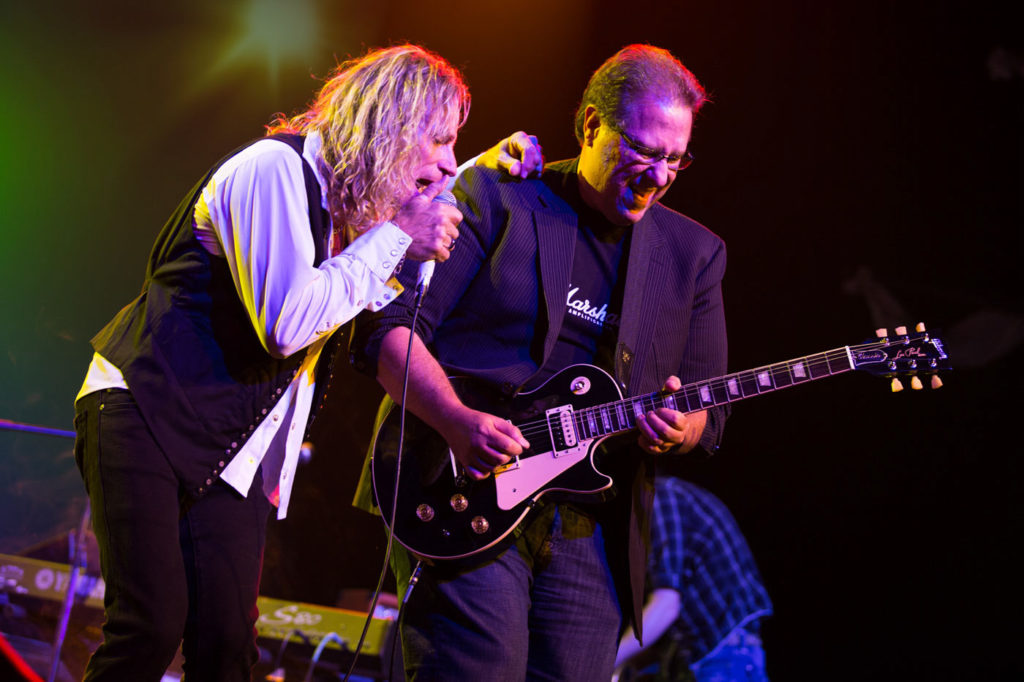
It’s different in my photography life, where I do use pro-level software, like Photoshop. Back when you could buy Photoshop, it cost $799 for it alone. Lightroom, when it came out, was $300 to buy it. So to buy both Photoshop and Lightroom was (you guessed it), around $1,200. You literally either wrote a check for $1,200, or you didn’t use Photoshop and Lightroom — it was that simple. So, where does this all lead?
What I need…is a subscription plan
If I could subscribe to iZotope’s full version for $10 a month, it would be the fastest $10 I spent all year, but unfortunately they don’t offer a subscription plan at this point, so the reality is — I’m not going to get to use iZotope RX 7, and that makes me sad. Recording these dumb covers means a lot to me, but I don’t have a legit business case to use it. Yes, I know, I’m being a baby — I want pro-level software, but I’m not willing to pay the pro price. And while iZotope does offer a standard edition for $400, I don’t want the standard edition — I want the full version (not iZotope RX 7 “lite”), but this whole situation just brought Adobe’s move to subscription-based back to the top of my mind, and how lucky we are that we can have access to pro-level tools for our photography, even if we’re not working pros. We can use the best photo editing software on earth for our hobbies, or for whatever, for less than the cost of the chicken wing appetizer at Applebees. That’s sayin’ something, but we take it for granted (and we dang well shouldn’t).
So, I’m back to hoping that one day…
…I get lucky, and somebody posts the vocals-only track for one of those three songs. Now, if the folks at iZotope would offer a subscription plan, then I’d be all set, and I could do the isolating for those songs myself. The only problem is — if they did, I doubt it would be just $10 a month. Probably more like $40 or $50. I tell ya this; I’d probably do it for a year, just to have access to it, and to get all the songs done that I’d want to do for 2021, and then unsubscribe for year until I needed it again. Hey, ya never know, right?
I hope that gave you some perspective on why subscription plans make so much sense today, and why I’m glad Adobe went in the direction they did. Subscription plans provide us with way to use to software that we couldn’t make a reasonable financial case for using, and I’m all for that. Also, a high-five to Adobe for making their photographer’s bundle only $10 a month. That’s insanely cheap. Note to the folks at Izatope — Adobe’s got the pricing thing down. Do that! ;-)
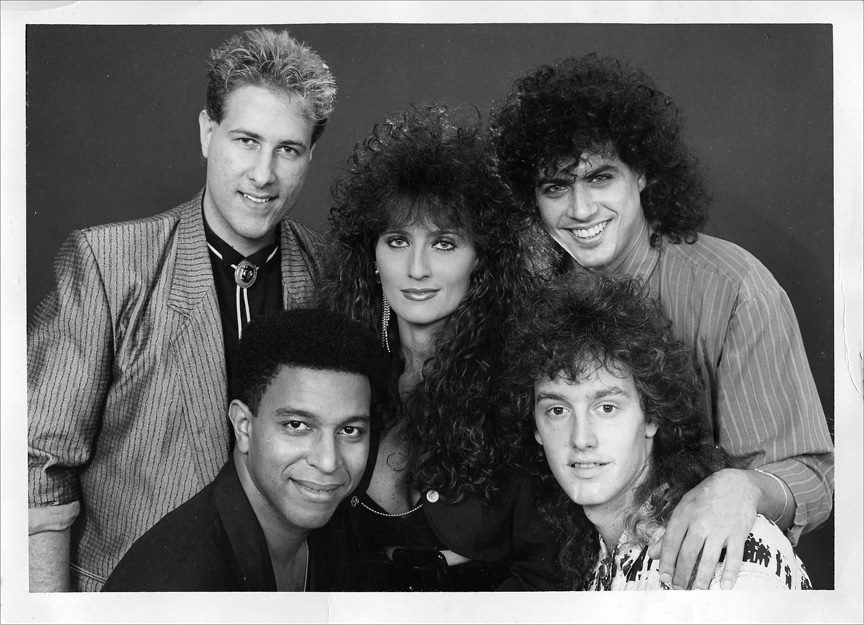
Have a great week everybody. I have a feeling it’s about to get a whole lot better for us all really soon. See ya tomorrow right here. :)
-Scott
P.S. If you’re at all into guitars (and if you stuck it out this long, you probably are), I’m the guest this week on the new BigScotty Guitar Podcast, and we talk about guitars, guitars, and more guitars (it was so much fun). Here’s the link if you want to give it a listen in the background while you’re retouching.



